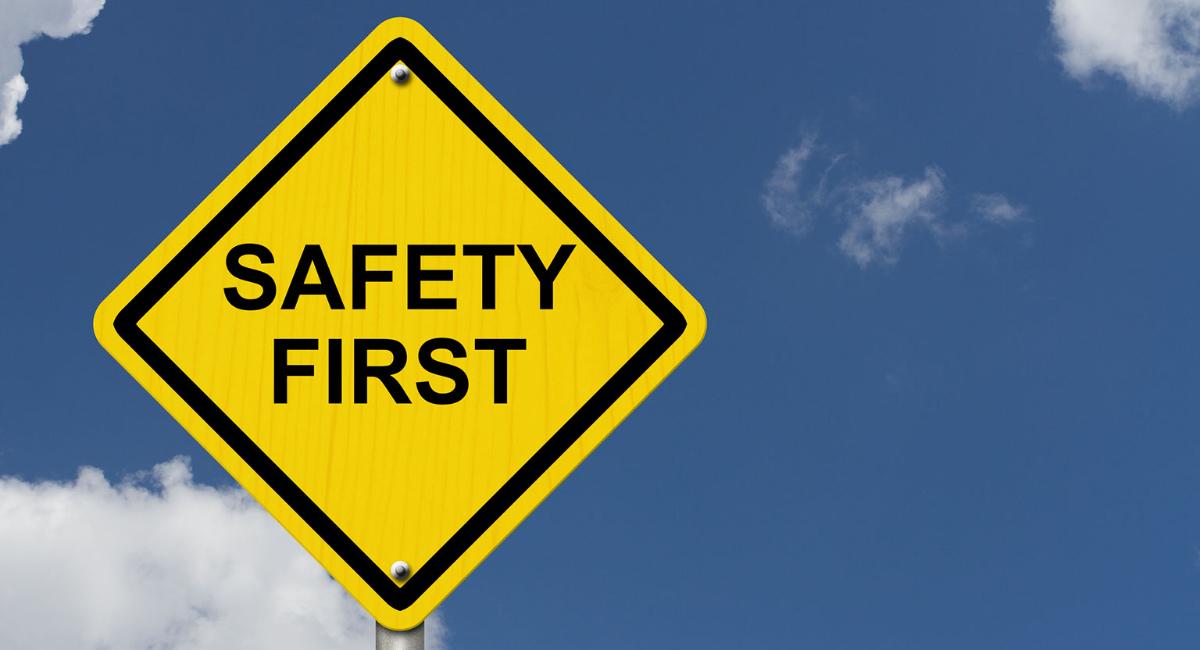
Monday Safety Share #7 - Sprains & Strains
With the colder weather it is even more important to do stretches and loosen up prior to completing your tasks to prevent strains and sprains for these can be very painful injuries, but they’re also very common. At some point in your life, you have likely sprained a ligament, or strained a muscle or tendon. It could have been cause by a second of distraction while stepping off the sidewalk, by lifting a heavy load at the gym, or by repeating the same movement for a long period of time.
Sprains and strains were the most common type of injury of workers in the Northwest Territories and Nunavut in 2021. Almost 18% of the injuries reported to the WSCC involved strains or sprains. Potential causes of strains and sprains are endless, meaning that type of injury should receive special attention when creating a workplace safety plan.
What are sprains and strains?
Sprain: Ligaments are sprained when a joint is twisted or wrenched.
Strain: Overuse, force, or stretching a muscle or a tendon can cause strains.
Although different, both injuries can be caused by the same kind of activities. The back and trunk or torso of the body are the most affected by strains and sprains. Almost 40% of workplace injuries in 2021 involved these parts of the body. For that same year, 27% related to injuries to legs or other lower extremities such as knees or ankle joints.
Symptoms for both sprains and strains are similar. They include a burning sensation, swelling, shooting pain, difficulty, or incapacity to move, numbness, or fatigue. If you experience these symptoms, act immediately: ignoring these symptoms can lead to a complication of the condition that could result in long-term effect.
How does it happen and who is at risk?
Many types of activities can lead to these injuries. Overexertion (28%), bodily reactions (14%), and falls on the same level (11%) are the most common causes of strains and sprains. More than 61% of overexertion incidents resulted in a sprain or strain injury.
Due to the nature of these injuries, workers that carry out regular physical work are vulnerable to sprains and strains. Examples of jobs that are more vulnerable include nurses, construction workers, and heavy equipment operators.
That being said, don’t get too comfortable if you work behind a computer! You are also at risk for these injuries. If you don’t pay attention to the ergonomic requirements of your workstation, your posture will be affected. Over time, it can lead to sprained ligaments or strained muscles, tendons, and could require long term rehabilitation work.
Examples of work activities where strains and sprains could happen:
- A store worker can suffer a back injury after lifting a product case onto shelves.
- A construction worker can be injured from using a jackhammer for long hours without proper breaks.
- An employee can slip on an ice patch in front of the office or on a work site and injure an ankle.
- An office worker can develop upper body pain by sitting at a workstation that is not adjusted for their ergonomic needs.
Prevention
Sprains and strains can happen during many activities. Luckily, there are a few simple measures everyone can take to reduce the risk of injury.
- Exercise frequently to keep strength in core muscles.
- Warm up before physical activity.
- Be aware of any falling hazard in your workplace
- Make sure your footwear fits well and is in good shape
Keep your muscles, joints, warm and loose have a safe winter preventing sprains and strains.
